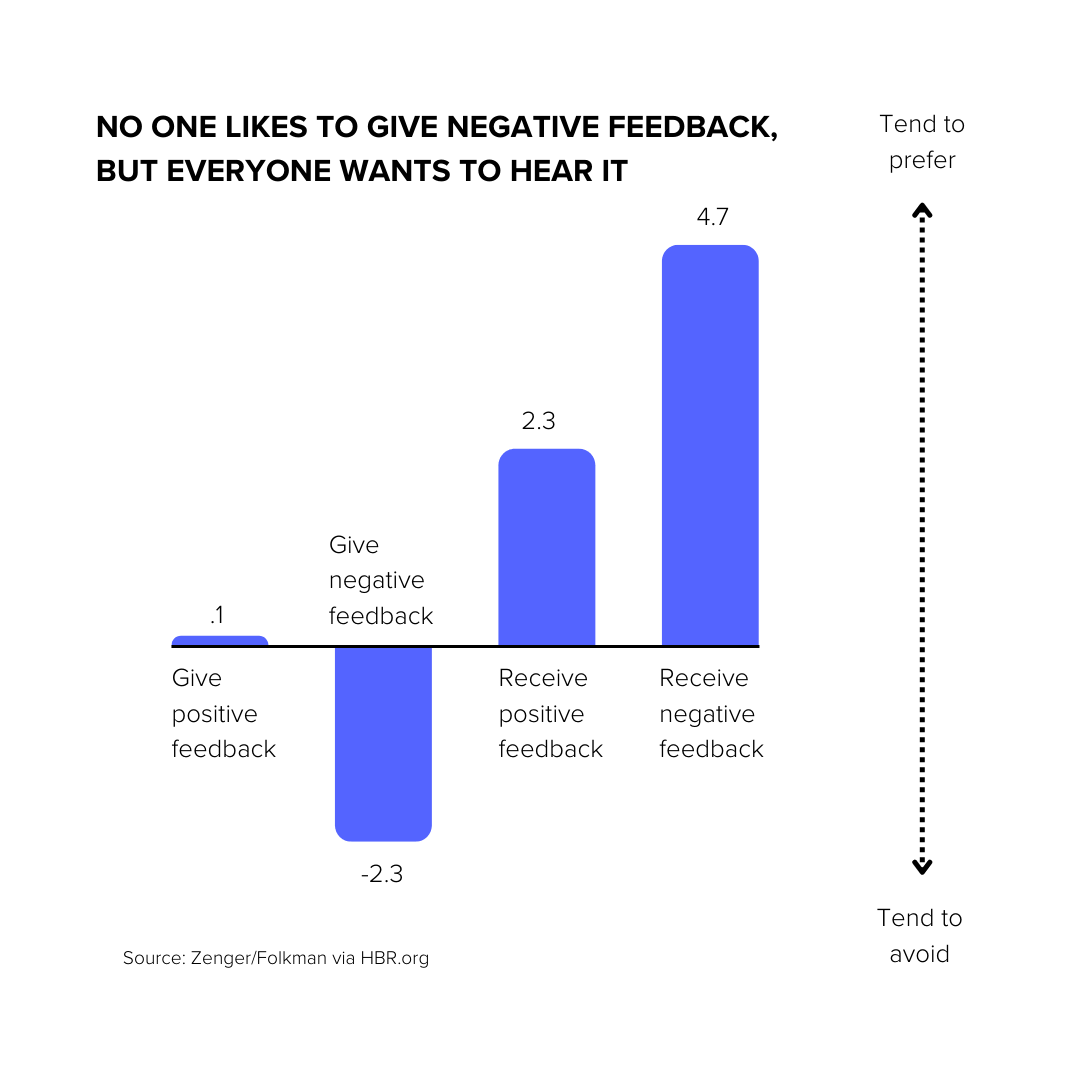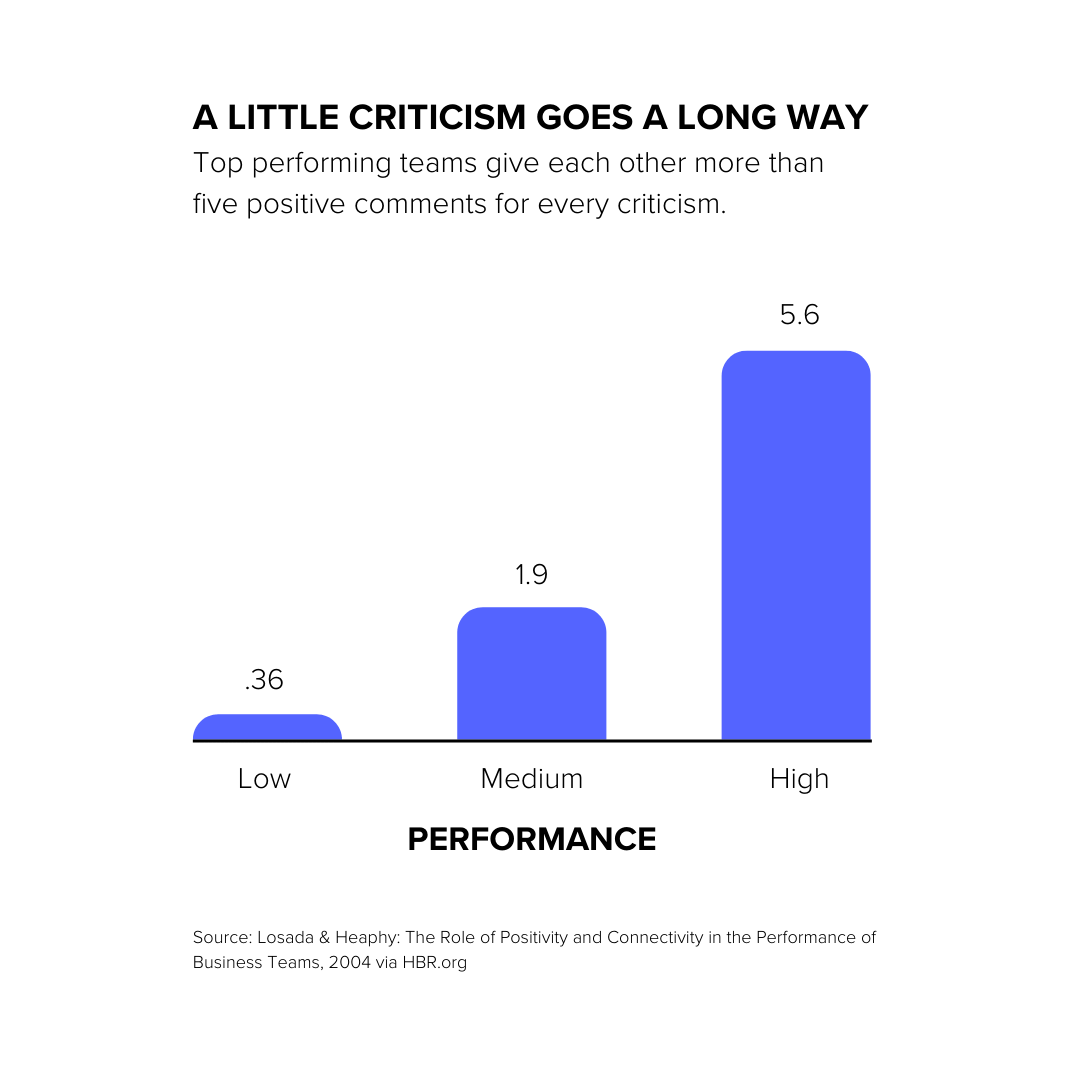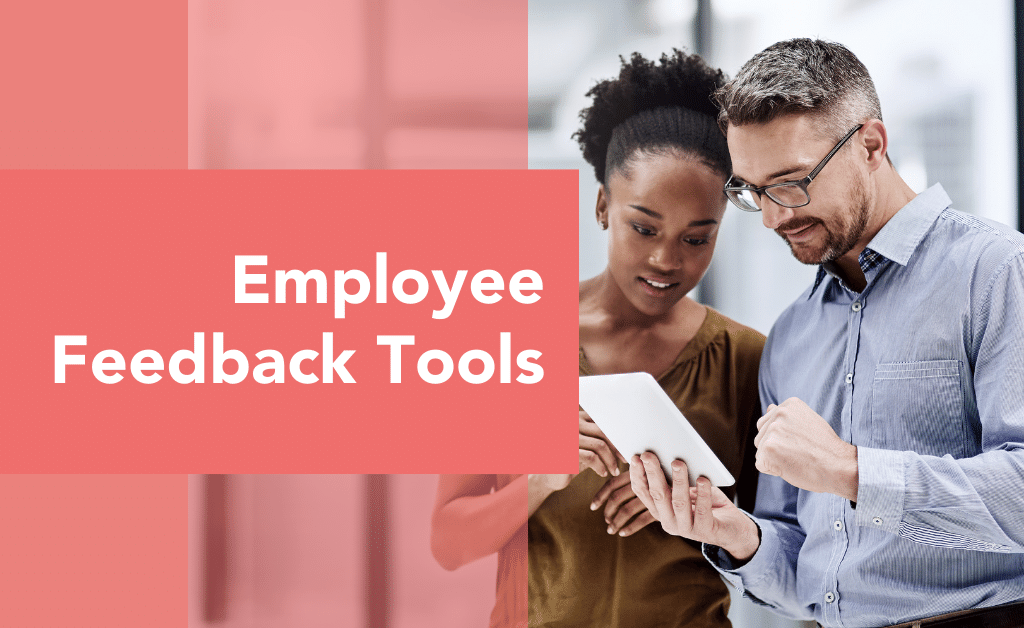At JobSage, we know that candidates are looking for different things from a workplace culture. Across demographics, however, we found that most people want to know more about five factors of a company’s employee experience: flexibility, inclusion, sense of purpose, growth opportunities, and feedback. Moreover, they want to know about these things before accepting a job offer. We also know that most employers want to provide those things, they just need help figuring out how!
With that in mind, we spent hours evaluating dozens of tools designed to help employers. Today, we’re focusing on tools that allow employers to gather and give feedback.
Why feedback matters for employers
Across demographics, JobSage research has discovered that everyone values constructive feedback. When delivered well, feedback, even the type that seems negative, can build trust and improve performance.
Unfortunately, it isn’t always easy for managers to provide critical feedback to their direct reports, let alone for employees to provide feedback to peers or people above them in the organizational chart.

In order to create a culture of effective feedback, companies must first establish a sense of safety and trust. You might have heard the suggestion to preface feedback with a question: “Can I give you some feedback?” That’s a great first step, but it must include the opportunity for the respondent to safely say, “No, now isn’t a good time.”
Additionally, keep in mind that feedback shouldn’t only be negative. Employees also crave positive feedback. In fact, the highest performing teams give around five pieces of positive feedback for every one piece of negative feedback.

Noting its importance, countless tools have been created to make it easier for companies to build a culture of feedback. We evaluated several of these tools for effectiveness and ease of use.
Best tools for employee feedback
Of those we reviewed, we recommend employers look into the following employee feedback tools.
1. 15Five
Unlike other products that seem to roll out more functionality each quarter, 15Five has remained clear on its primary mission: managing employee performance. With its focus on quick, continuous feedback, 15Five provides teams with “just in time” ability to address and improve employee performance. Indeed, the tool was created so that employees would be able to spend just 15 minutes a week submitting feedback and managers would be able to spend just five minutes a week reviewing and responding to them.
15Five also claims to be the only platform that offers software aligned to the latest positive psychology research. This is an important distinction when you recall our earlier graph on how the highest performing teams give each other at least five positive comments for every one critical comment. The company’s happy customers seem to agree. Colleen McCreary, Chief People Officer of Credit Karma and 15Five customer, shares that “I’ve found 15Five to be the best tool on the market to facilitate conversations between employees, managers and their peers.”
2. TINYPulse
TINYpulse is another feedback tool that focuses on quickly sourcing and delivering feedback. This HR software creates short, single question surveys that are sent company-wide each week. In order to increase response rates, TINYpulse gives employees the ability to respond using a link in their email or via a mobile phone app. They also send reminders to anyone who doesn’t respond within a given timeframe.
Unique among tools we evaluated, TINYPulse’s private messaging feature enables managers and company leadership to contact employees about their responses while still maintaining that employee’s anonymity. Rather than just sitting on anonymous feedback, TINYPulse’s customers can ask for additional details around a piece of feedback or directly reassure an employee of the action that will be taken based on their feedback.
3. JobSage
We would be remiss to not include our own product, particularly here in the section on feedback. While JobSage began as a tool to help companies recruit more diverse and engaged new hires, we quickly discovered that our early clients were also using JobSage to gather honest, direct feedback to make improvements to the employee experience.
You’ve probably seen employee engagement surveys that ask dozens of questions and take too long to complete. This results in decreased completion rates, rendering responses less useful.
JobSage is different.
We focus on quickly gathering employee insights on the five factors that are most correlated with employee engagement: flexibility, sense of purpose, inclusion, growth opportunities, and feedback. Mark Turpin, CEO of The HT Group, shared that “the simplicity of the [JobSage] platform makes it easy for employees to use. We had near 100% participation.”
We also ask employees to share their demographic information, track change over time, and provide incomparable benchmarking data. This allows you to see progress and see where your company stands among other companies hiring in your market. Combined, these features empower HR teams to make data-driven decisions and measurable improvements.

Looking for more helpful HR tools?
Visit JobSage’s Employer Resource Center for more guides, resources, and more!
